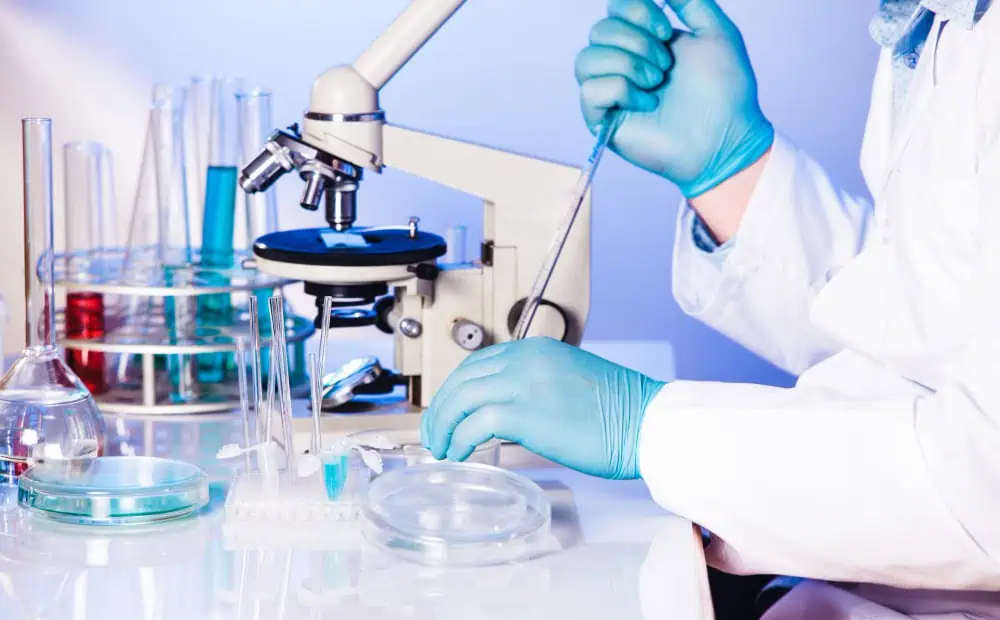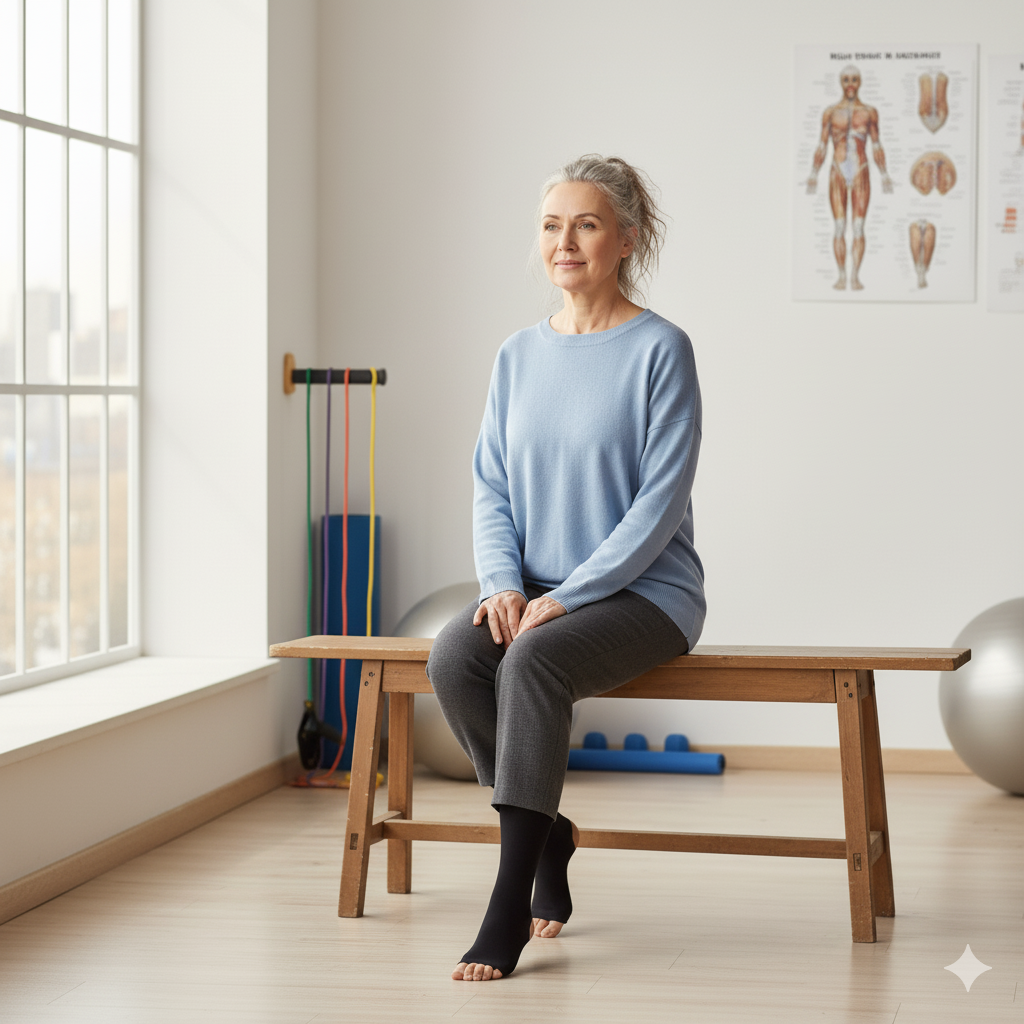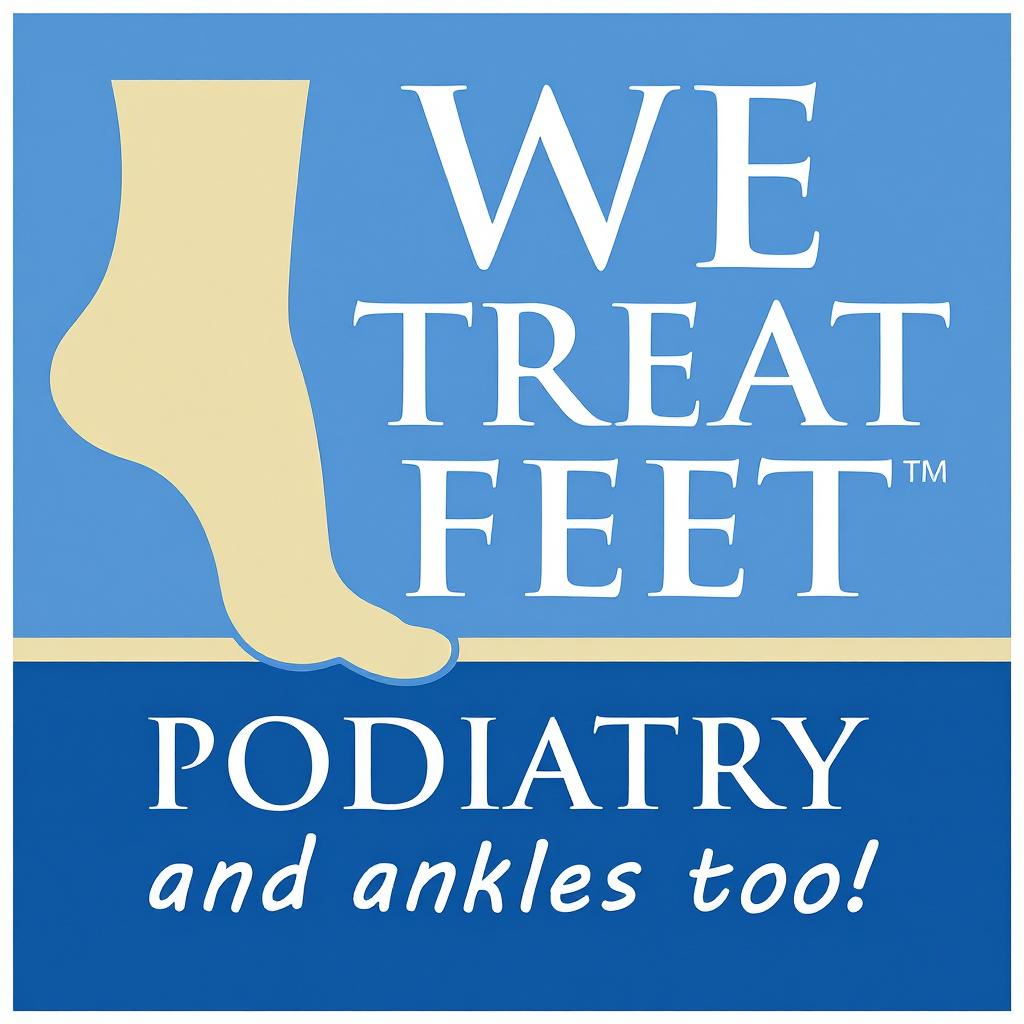
Molecular Nail and Wound Testing: Advancements in Podiatric Diagnostics
In the realm of podiatric medicine, accurate and swift diagnosis of nail and wound infections is paramount. Traditional culture methods, while effective, often require extended periods to yield results, potentially delaying appropriate treatment. The advent of Polymerase Chain Reaction (PCR) testing has revolutionized this aspect of care, offering rapid and precise identification of pathogens.
Understanding PCR Testing
PCR is a cutting-edge molecular technique that amplifies specific DNA sequences, enabling the detection of minute quantities of bacterial or fungal DNA in a sample. This method allows for the identification of pathogens within a significantly reduced timeframe compared to traditional cultures. For instance, while fungal cultures may take several weeks, PCR can provide results in just a few days.
Applications in Nail and Wound Infections
- Nail Infections (Onychomycosis): Onychomycosis affects approximately 14-18% of adults globally and accounts for about 50% of nail deformities. Accurate identification of the causative fungus is crucial, as conditions like psoriasis and malignant melanoma can mimic fungal infections. This testing facilitates precise diagnosis, ensuring appropriate treatment and mitigating potential side effects from unnecessary medications.
- Wound Infections: Chronic wounds often harbor complex biofilms composed of aerobic and anaerobic bacteria and yeast, which can impede healing and lead to complications. Rapid identification of these pathogens through PCR testing enables timely and targeted therapeutic interventions, improving patient outcomes.
Advantages of PCR Over Traditional Methods
The superiority of PCR testing lies in its speed and accuracy. Traditional culture methods may be influenced by prior antibiotic use and often fail to detect fastidious organisms. In contrast, our technology allows for the detection of a broad spectrum of pathogens, including those present in low abundance or in polymicrobial infections. Moreover, PCR can identify specific antibiotic resistance genes, guiding clinicians in selecting the most effective treatments.
Implementing PCR Testing in Clinical Practice
To perform PCR testing, clinicians collect a small sample from the affected nail or a swab from the wound site. These specimens are then analyzed in specialized laboratories equipped with the necessary certifications, such as CLIA and J accreditation, ensuring adherence to stringent quality standards.
The integration of PCR testing into podiatric practice represents a significant advancement in the management of nail and wound infections. By providing rapid and accurate pathogen identification, PCR enhances diagnostic precision, facilitates timely treatment, and ultimately improves patient care.
Frequently Asked Questions (FAQ) on Molecular Nail and Wound Testing
1. What is molecular nail and wound testing?
Molecular nail and wound testing is a diagnostic method that uses advanced techniques like Polymerase Chain Reaction (PCR) to identify bacteria, fungi, or other pathogens causing infections in nails or wounds. It provides faster and more accurate results compared to traditional culture methods.
2. How does PCR testing work?
PCR testing works by amplifying specific DNA sequences from a sample collected from the affected nail or wound. This allows the detection of even minute quantities of pathogens, leading to quicker and more precise identification of the infection.
3. What types of infections can be detected with this testing?
Molecular testing can identify a wide range of infections, including:
- Nail infections (Onychomycosis): Caused by fungi, molds, or yeast.
- Wound infections: Caused by bacteria, fungi, or mixed microbial biofilms.
4. How is molecular testing different from traditional culture methods?
- Speed: PCR testing delivers results within days, while traditional cultures can take weeks.
- Accuracy: It detects pathogens even in cases where traditional methods may fail, such as after prior antibiotic use or in polymicrobial infections.
- Sensitivity: PCR identifies specific organisms and antibiotic resistance genes for targeted treatment.
5. Why is accurate identification of pathogens important?
Accurate identification ensures that the treatment is tailored to the specific pathogen causing the infection. This helps prevent unnecessary treatments, minimizes side effects, and promotes faster healing.
6. What are the steps involved in molecular testing?
- A sample is collected from the infected nail or wound site.
- The specimen is sent to a certified laboratory for analysis.
- Results are typically available within a few days, identifying the pathogens and potential resistance markers.
7. Who should consider molecular nail and wound testing?
This testing is recommended for patients with:
- Chronic or recurring nail infections.
- Wounds that fail to heal despite standard treatments.
- Conditions that mimic infections, such as psoriasis or eczema, where a definitive diagnosis is needed.
8. Is molecular testing covered by insurance?
Many insurance plans cover PCR-based testing for medical purposes. It is best to consult your provider or the testing facility to confirm coverage details.
9. Where can I get molecular nail and wound testing done?
Testing can be arranged through podiatry clinics, wound care centers, or specialized diagnostic laboratories with molecular testing capabilities.
10. Are there any risks associated with molecular testing?
The testing procedure involves minimally invasive sample collection, such as a swab or clipping, making it safe and painless for most patients.
11. Can molecular testing detect antibiotic resistance?
Yes, PCR testing can identify specific genetic markers that indicate antibiotic resistance, helping clinicians choose the most effective treatment.
12. How reliable are the results of molecular testing?
PCR testing is highly reliable due to its sensitivity and specificity. It is widely regarded as a gold standard for identifying pathogens in clinical diagnostics.
13. How soon after testing can I start treatment?
Treatment can often begin immediately after receiving results, which are typically available within 1-3 days, ensuring minimal delays in care.




